Today, Crete is Celebrating 103 years of freedom. The anniversary of the historical union of Crete with Greece make the Cretans proud and remind them that a Cretan is always fighting for his freedom.
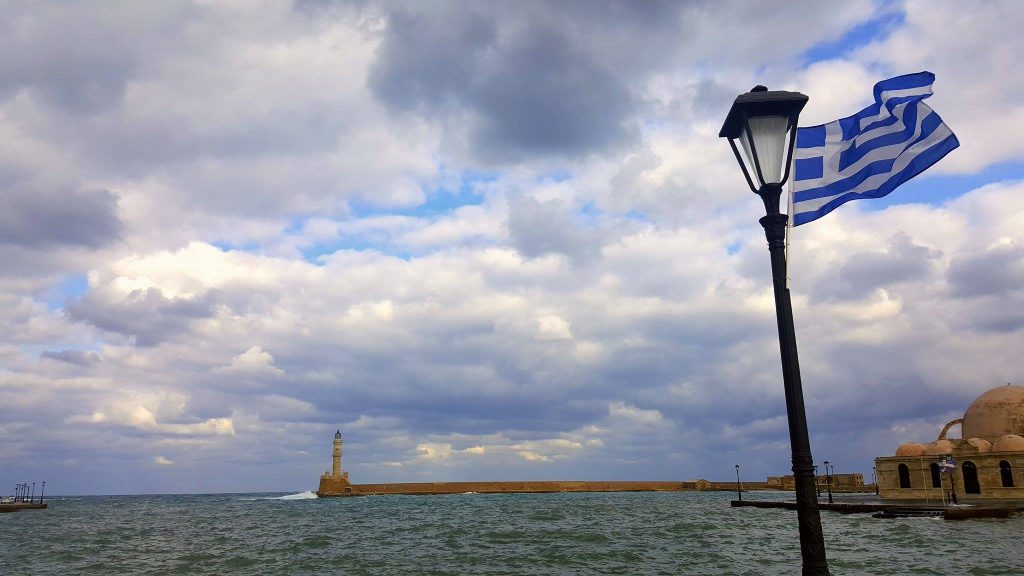
Chania, 1/12/2016
The President of the Hellenic Republic, Prokopis Pavlopoulos, and the President of Greek parliament Mr. Nikos Voutsis were in Chania today for the anniversary of 103 years from the Union of Crete with Greece.
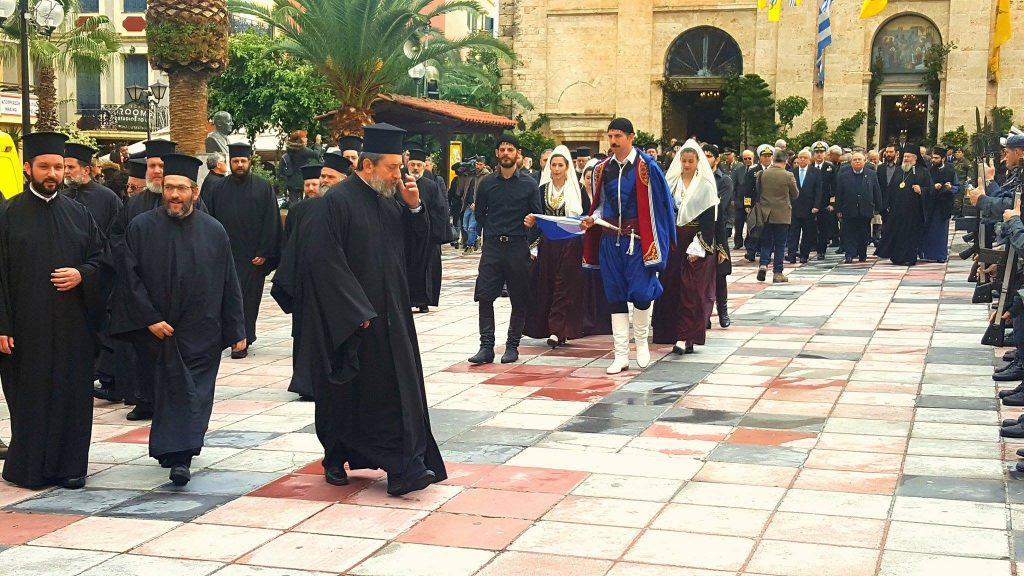
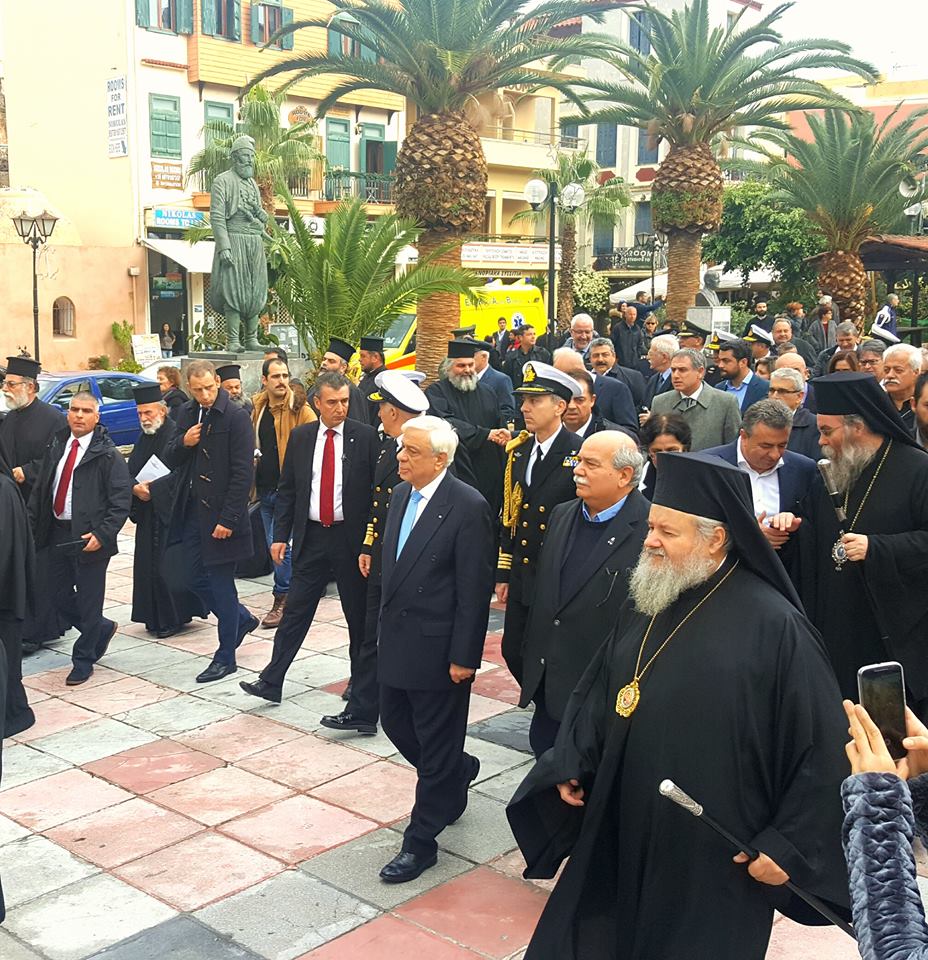
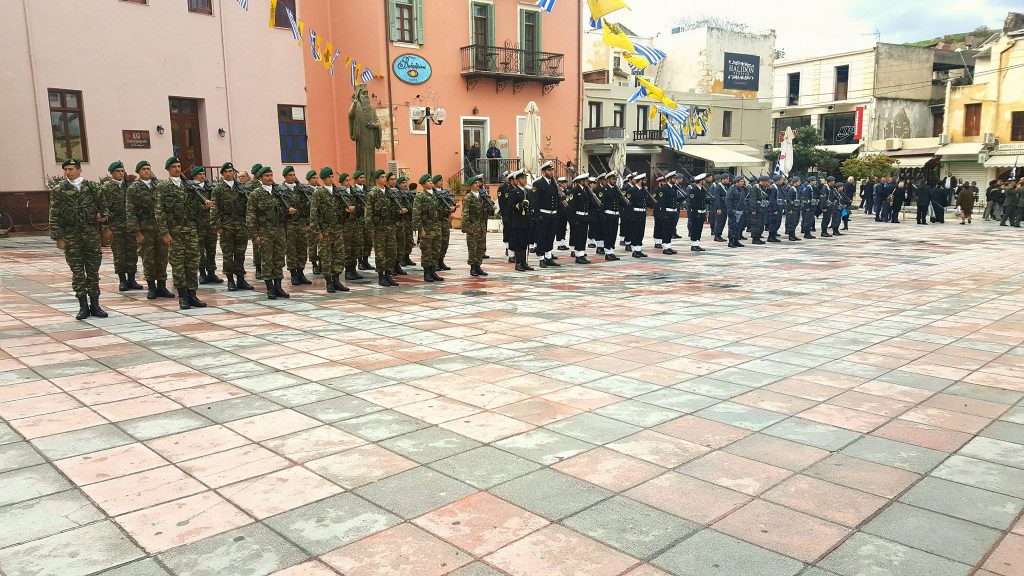
The Historical Facts
On December 1, 1913 Crete became officially the Greek state. Just a month earlier (November 1, 1913), Sultan Mehmet the 5th had waived all rights of sovereignty over the island of Crete. Centuries of blood and tears to witness Crete finally found their historic vindication.
The official proclamation of the compound was in Chania Sunday, December 1, 1913, in the presence of King Constantine and Prime Minister Eleftherios Venizelos, in a very festive atmosphere.
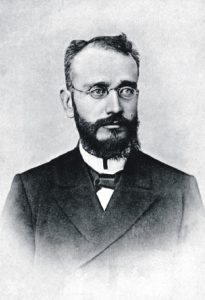

The events culminated at 11:50 in the morning, when the elders fighters Anagnostis Mantakas, 94 years old, and Hadjimichalis Yiannaris, 88 years, raised the Greek flag at Firka fortress and in the meantime 101 cannons was celebrating from the Greek warships.
Crete was completely added in the Ottoman Empire on October 4, 1669, when the great Vizier Kioprulis solemnly entered in Candia (now Iraklion), putting an end to the Venetian era in the island, which lasted 465 years (1204-1669). Despite the exodus of many residents and the population deterioration from the new conquerors, the Cretans never bowed their heads to the Ottomans and made two revolutions in 1692 ( “Movement of 1692 ‘) and 1770 (” Revolution of Daskalogiannis “) .
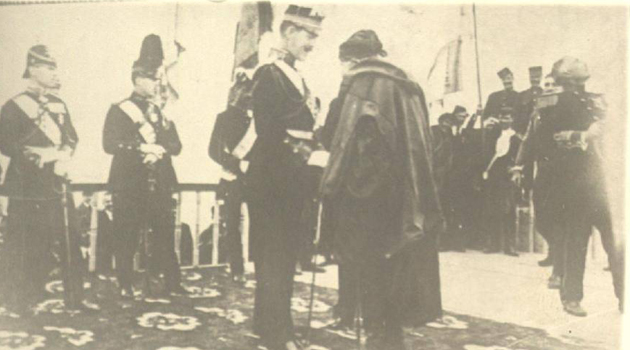

In 1821, the Cretans took part in the national uprising, but their efforts were unsuccessful, due to the large number of Turkish in the island and the lack of supplies. Uprisings against the occupier continued unabated and density, 1833 ( ” Mournion Movement”), 1841 ( “Revolution of Chairetis and Vasilogeorgis”), 1858 ( “Movement of Mavrogenis”), the three years from 1866 to 1869 ( “Great Cretan Revolution”), 1878 ( “Revolution of 1878”) to1889 ( “Revolution of 1889”) and the biennium 1897-1898 ( “Revolution of 1897-1898”), when Crete won its independence under the blessings of the Great Powers after the unbelievable atrocities committed by Vazivouzoukoi (Turkish irregulars) in Heraklion on 25 August 1898. On November 2nd the same year the last Turkish soldier abandoned the Cretan soil.

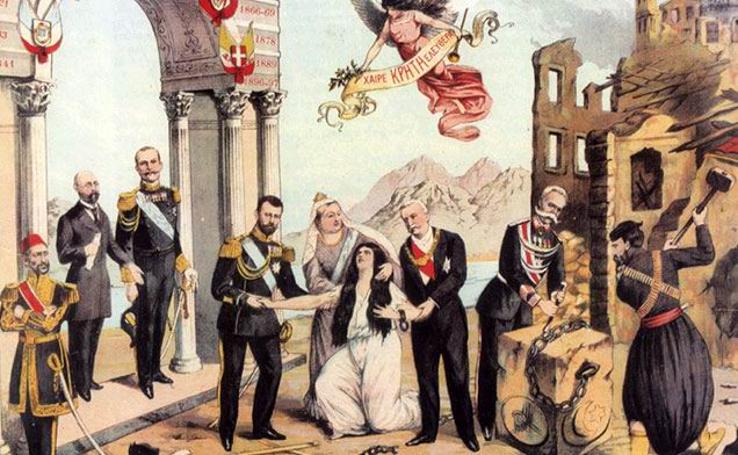
Crete was under the protection of the Great Powers and less suzerainty of the Sultan. From 1898 to 1913 the Cretan State was created, with the Greek Commissioner ‘’vasilopaida’’ George and government consisting of five Christians and one Muslim (Muslims accounted for about 25% of the inhabitants of Crete in 1900).
The young lawyer Eleftherios Venizelos came into conflict with George because of his superpowers. The “Revolution in Theriso” (March 10, 1905), organized by Venizelos forced George to resignation and withdrawal of UNHCR from the Greek politician Alexander Zaimis. Main demand of the rebels was the immediate union of Crete with Greece.
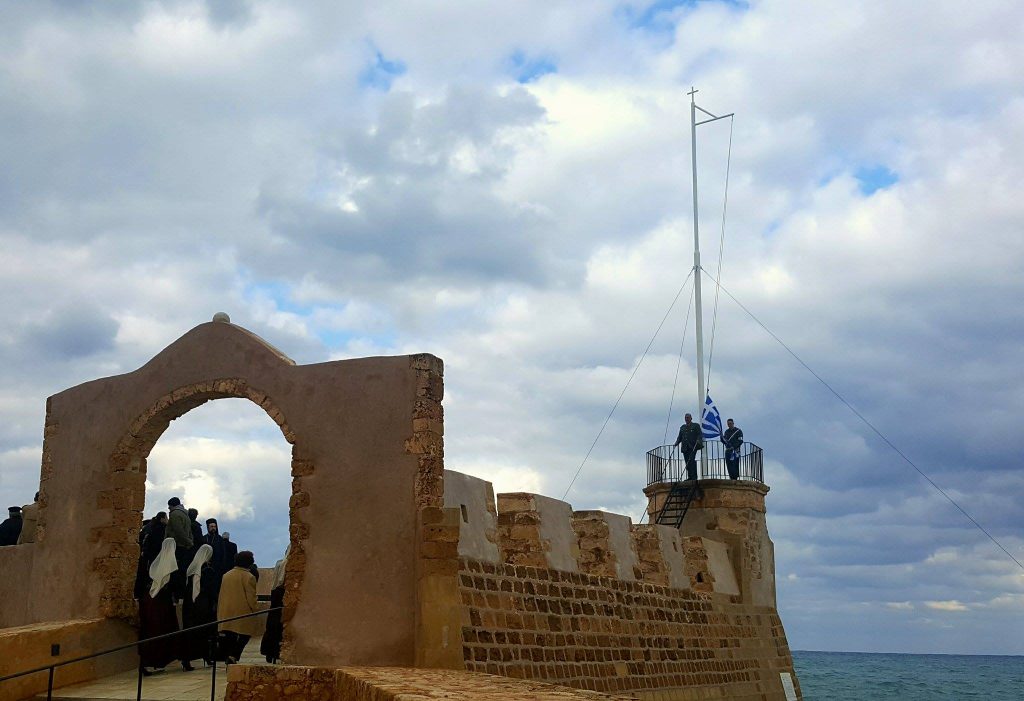
The victorious outcome of the Balkan Wars (1912-1913) for Greece and the proactive policy of the Greek Prime Minister Eleftherios Venizelos, Crete was ready to unite with Greece. On May 30, 1913 the staggering Sultan renounced all rights to Crete with the London Treaty (Article 4), and in particular treaty resigned from the dominion of the island (November 1, 1913). Crete was free and the union with Greece took place. The Cretan Matter, which long occupied international politics, had been resolved.
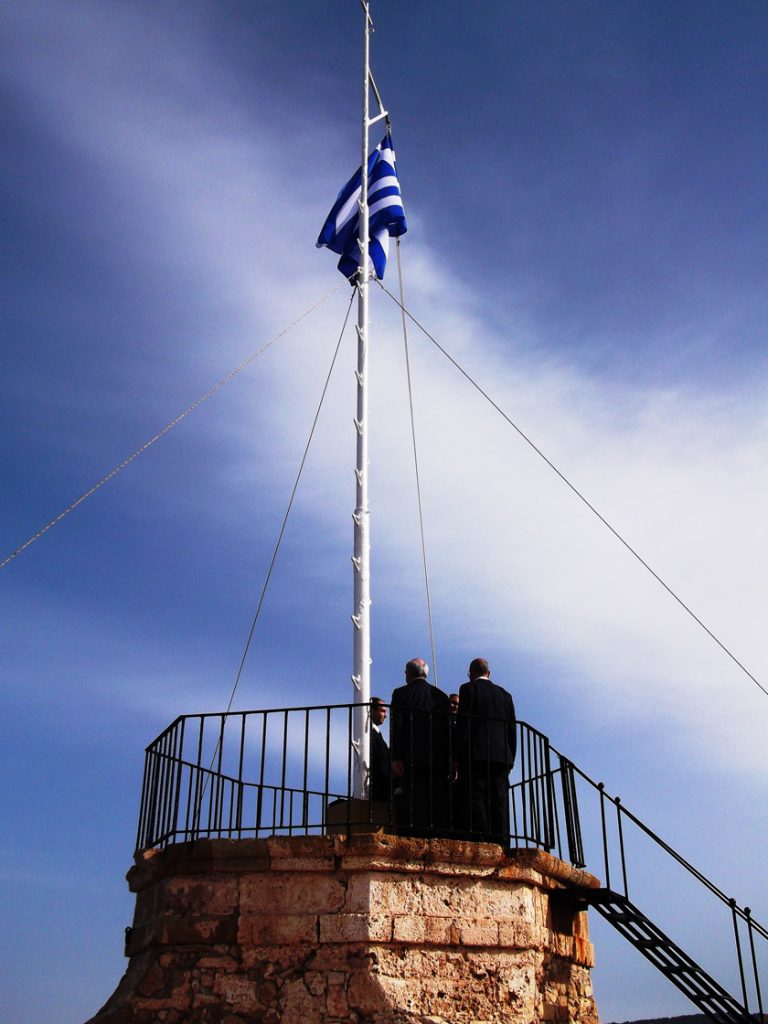
In 1923 the exchange of populations between Greece and Turkey the last Muslims left Crete, most of whom settled on the coast of Asia Minor.
Subscribe to our newsletter to receive the latest travel tips, destination insights, and exclusive offers directly to your inbox!
Take our fun and quick quiz to discover the perfect tour that aligns with your unique interests and desires. Whether you’re a history enthusiast, a foodie, an adventurer, or simply seeking relaxation, our personalized recommendations will ensure your journey matches your preferences. Take the quiz now and embark on the experience of a lifetime!

Subscribe now and get instant FREE Access to Unpublished Hand-picked Deals!

©2024 GS Tours. All Rights Reserved. Website by: Inglelandi Digital Agency
